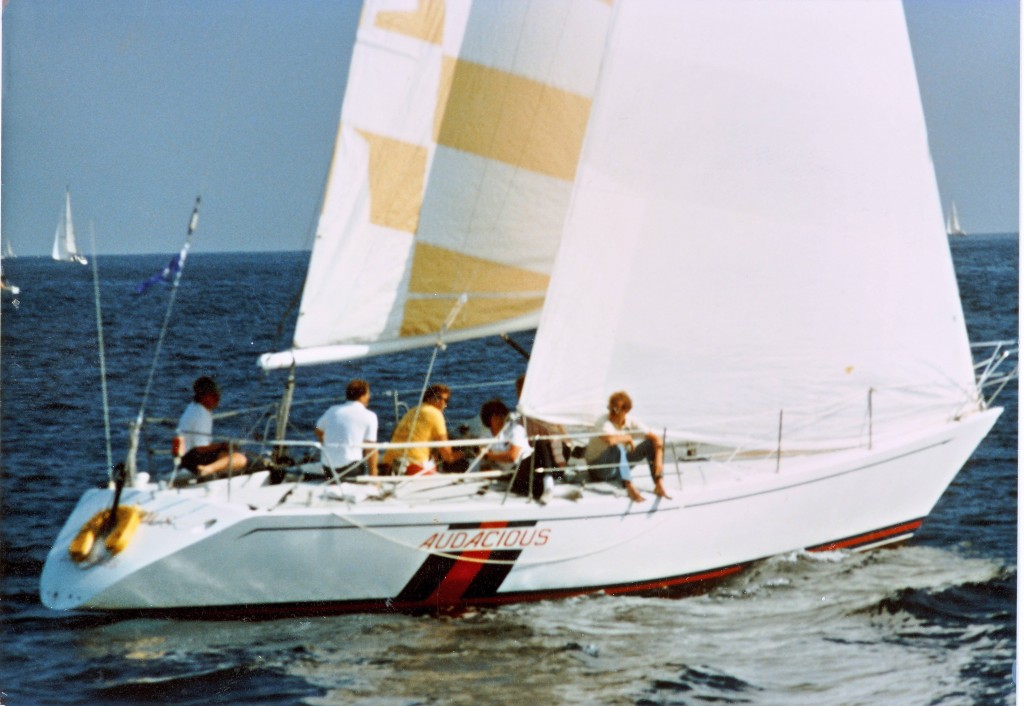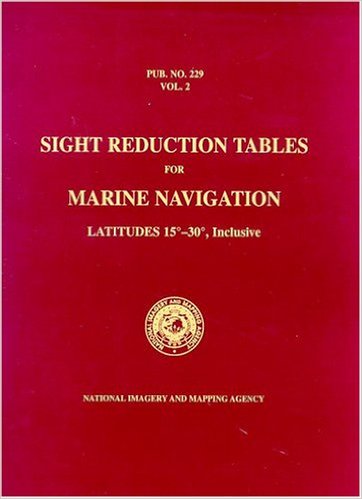Video
Slinkys and Change
First, watch this awesome slo-mo of a slinky being dropped.
Because it takes time for the tension to be released on the bottom of the slinky, it remains ‘held up’ while the top of the slinky falls. More subtly, the torsion is released faster than the tension and reaches the bottom first, uncoiling and rotating the bottom surface before the tension is released and the bottom finally begins to fall.
Social change behaves in a similar way. When a critical mass of thought or behavior changes state from OK to not-OK, it releases the social tension holding that thought or behavior in place. A wavefront of change moves through society from the change-point group outward to those most closely associated and onward from them in an expanding sphere of influence. The group farthest from the change point – either physically, socially or ideologically – is the last group to change.
The subtle part is that some part of that change may move faster. An idea, subordinate to, but foundational of the larger change may move through society first, followed later by large scale behavioral or ideological change. Examples might include the idea that tobacco smoking is unhealthy moving through society as a precursor to a later change that smoking is socially unacceptable, followed even later by policies and ideological reinforcement to discourage it. Another example being that information about stagnation in economic performance and high unemployment might move through society as a precursor to change in economic policy or even entire economic systems.
In the slinky, the inertia of the spring impedes the release of tension, which is why the bottom of the spring doesn’t fall at the same instant as the top. In society, not only does it take time for information to propagate, and for a critical mass of people to change opinion, but there is the additional impedance of disinformation, the inertia of entrenched interests hiding or distorting critical information in order to protect their power and income.
Finally, there is one other effect which is fascinating. Because the top of the slinky is released first, it the first thing to be affected by the change in state, therefore is the first thing to experience the acceleration of gravity. As a result, it actually outruns the tension-release propagating through the slinky, and reaches and passes the bottom of the slinky while it is still being held in place.
Again, this is mirrored in society. Those first to change have made large progress toward the new state of things before the last of the group has even begun to react. If they get far enough out front, they end up pulling the rest along even against their will. Revolutions can sweep through societies this way.
Reclaiming the Lost Future
A couple of Trifecta videos ask a really pertinent question, What happened to our once and promising future?
Celestial Navigation
I’m tired of doom and gloom so I thought I would post something a bit different. Sailing !
In 1981, I sailed my 40 foot sailboat to Hawaii in the Transpacific Yacht Race. That year some large yachts had what were called “Sat Nav ” receivers aboard to track a system of satellites that required continuous tracking and took quite a bit of electrical power. It is now called “Transit” or “navSat”
Thousands of warships, freighters and private watercraft used Transit from 1967 until 1991. In the 1970s, the Soviet Union started launching their own satellite navigation system Parus (military) / Tsikada (civilian), that is still in use today besides the next generation GLONASS.[10] Some Soviet warships were equipped with Motorola NavSat receivers.
My small sailboat could not use such a system. It drew about an amp an hour, far too great a drain on my battery. For that reason I used a sextant and sight tables like these, which are published for the latitudes to be sailed.
That volume is published for latitudes 15 degrees to 30 degrees, which are the ones we most sailed. Hawaii is at about 20 degrees north and Los Angeles is 35 degrees north. The sight tables provide a set of observations that can be compared with an annual book called a “Nautical Almanac.” As it happens, the Nautical Almanac for 1981 is used for training and is still in print.
The third component, besides the sextant, of course, is a star finder, like like this one, to aid with navigational stars.
The whole system is called Celestial Navigation.
The first thing one needs is an accurate clock. This is the reason why sailing ships need a chronometer in the 18th century.
Harrison solved the precision problems with his much smaller H4 chronometer design in 1761. H4 looked much like a large five-inch (12 cm) diameter pocket watch. In 1761, Harrison submitted H4 for the £20,000 longitude prize. His design used a fast-beating balance wheel controlled by a temperature-compensated spiral spring. These features remained in use until stable electronic oscillators allowed very accurate portable timepieces to be made at affordable cost. In 1767, the Board of Longitude published a description of his work in The Principles of Mr. Harrison’s time-keeper.
Mike Lotus on Against the Current with Dan Proft
Dan Proft, shown above, Chicago’s best conservative talk radio host recently interviewed me for his video podcast series, Against the Current, which is part of a larger initiative called Upstream Ideas. I listened to Dan’s earlier conversations with Vicente Serrano, and John Kass, both of which were good.
I enjoyed the conversation with Dan, which focused on the book I co-authored, America 3.0: Rebooting American Prosperity in the 21st Century —-Why America ’s Greatest Days Are Yet to Come. We touched on the larger theme of Conservative pessimism, and the need to have a future vision to inspire us and to be working toward. We also teased out the fact that a better future is not in any way inevitable, but it is achievable only if the people who want it make it happen. Our Progressive fellow citizens never forget this. We shouldn’t either.
Dan at one point jokingly said, I paraphrase: Can’t you just leave the Conservatives alone, and let them enjoy their hopelessness in peace?
Nope!
We will all have a lot we need to do in the years ahead. Great days for America are coming, whatever the intervening trials. So, be happy.
It is always a pleasure to speak to Dan Proft, and I hope you will listen and find the conversation interesting as well.



